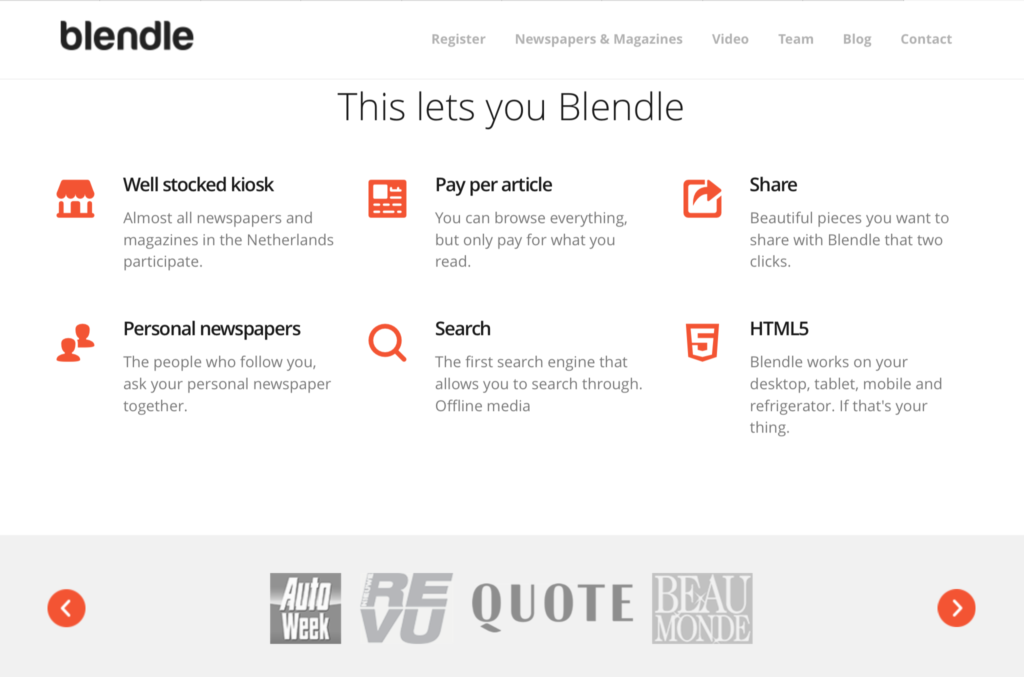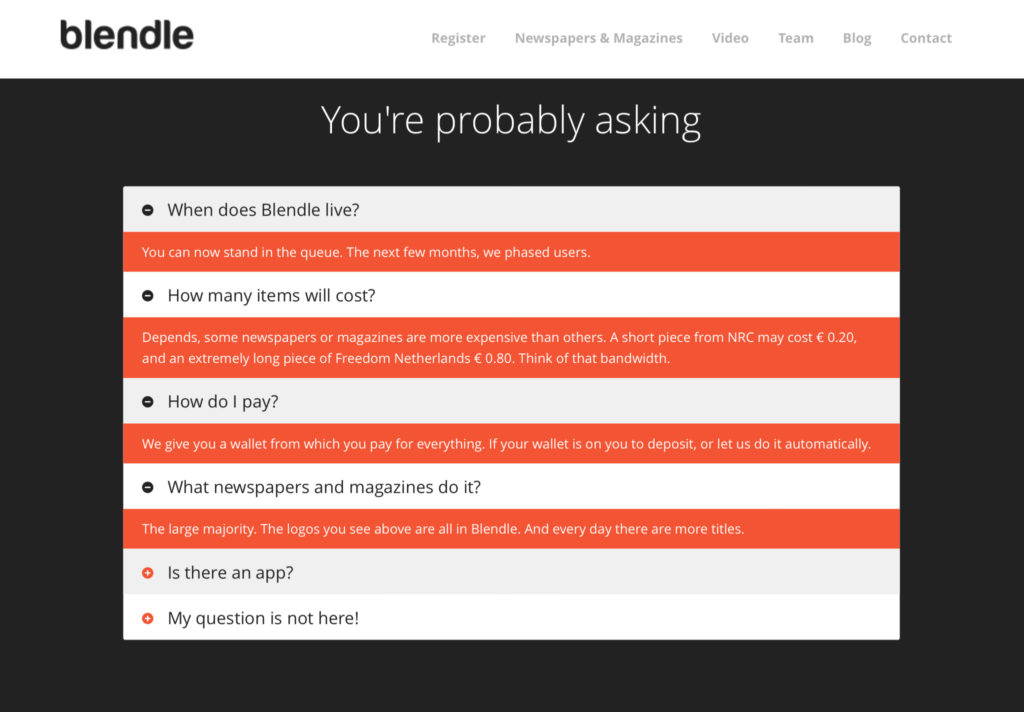What is a magazine?
According to the Audit Bureau of Circulations, the organisation that gives the official tally of who sold how many, the digital version of a magazine isn’t a version of its print sibling if it has ‘five percent less content or fifteen percent more content than the physical edition’. I see the logic behind this – it’s rather illogical to add digital and print sales together if the two things have barely a passing resemblance to each other. Or rather, if they don’t contain largly the same content. The rules don’t actually relate to appearance – although designing things to look largely the same is a natural reaction and the safest way to go. So the unfortunate result is that publishers and magazine designers are discouraged from pushing the boundaries of what’s possible. The ABC’s ruling means that any attempts to ‘think different’ risk splitting up those copy sales figures, and when you’re chasing advertisers that’s a traditional part of the argument.
To be fair, I’d say we still don’t really know where digital magazines are leading us. The trouble is, if we don’t try to find out, if we don’t ‘dare to experiment’, we won’t have any say in the matter as things progress.
There are interesting attempts being made to rethink the boundaries of a magazine. Evo, for example, is a glossy monthly print magazine that I imagine is read by the whole Top Gear team; it’s beautifully-made ‘car porn’. The digital magazine also looks good and it presents more-or-less the same content, but there’s no monthly release cycle. Subscriptions and access is based around months, but articles are published as they are ready: sometimes nothing for a few days, sometimes a fistful of features. It’s a feed rather than a cycle. This has led to criticisms of it being just a web site or even simply ‘glorified RSS’, but that seriously misses the point.
The typical monthly schedules of print mags are there because of the restrictions of print. Editorial content is collected, pages laid out, PDFs sent off, paper printed and bound, and the result is shipped off to subscribers or to newsagents’ shelves. This takes time. But why tie a digital mag down to that same slow metronome? Evo’s approach is true to the medium. It’s not as funkily interactive as Wired (which is, I feel, somewhat tired and self-aware) but I’d argue that it’s definitely more forward-looking.
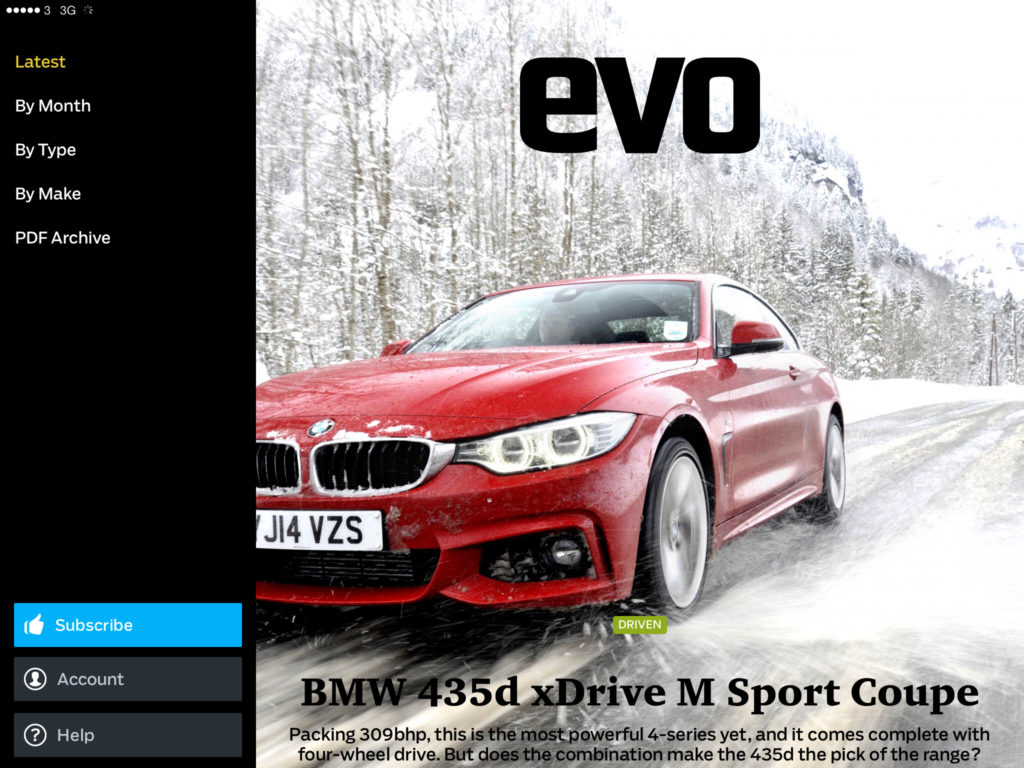
From here, the next logical step is to think about those articles themselves. They don’t really have to be supplied only from that one app source. They could, instead, be made available piecemeal, from multiple sources, on demand as they’re finished, and in whatever container the user chooses. Payment is a possible sticking point here but there are various ways around that, and Apple’s cracked it already for anyone using the App Store ecosystem.
This isn’t just some pipe dream or starry-eyed futurecasting, it’s about to become reality in a fairly big way. This April people in Holland will be able to buy magazine and newspaper articles individually in what’s being called ‘the iTunes of magazines’. iTunes Music Store shook up the music industry by (among other things) making buying individual tracks natural and logical. Blendle wants to shake up the magazine world in much the same way. Apparently, most Dutch publishers have already signed up to this service, so it seems set to happen. It’ll be interesting to see if it spreads. Some say UK magazine readers are too used to free content to go for something like this, but I don’t think it’s as simple as that. Remember, people said that everyone was too used to getting digital music for nothing for the iTunes Music Store to succeed. I know it sounds daft today, but a lot of people honestly believed that!
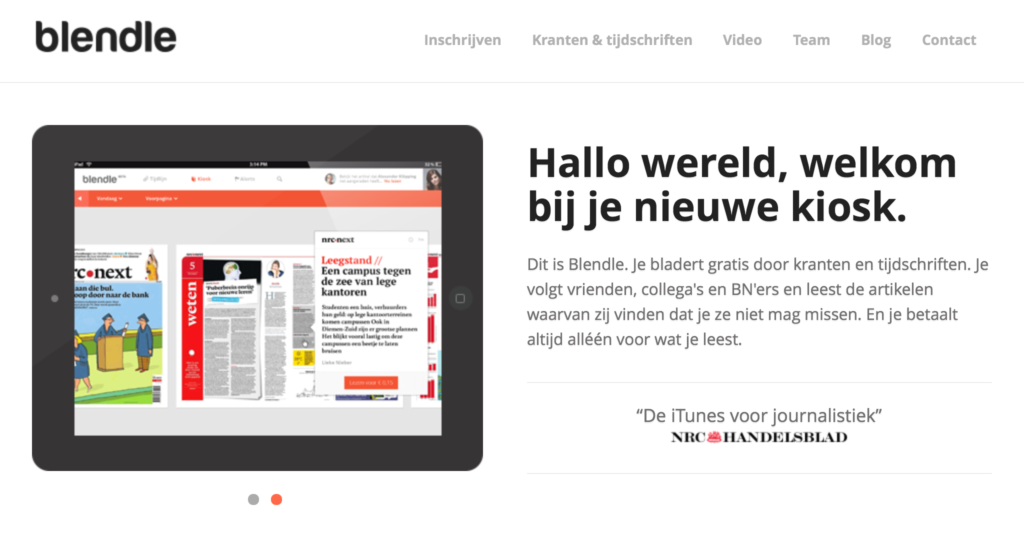
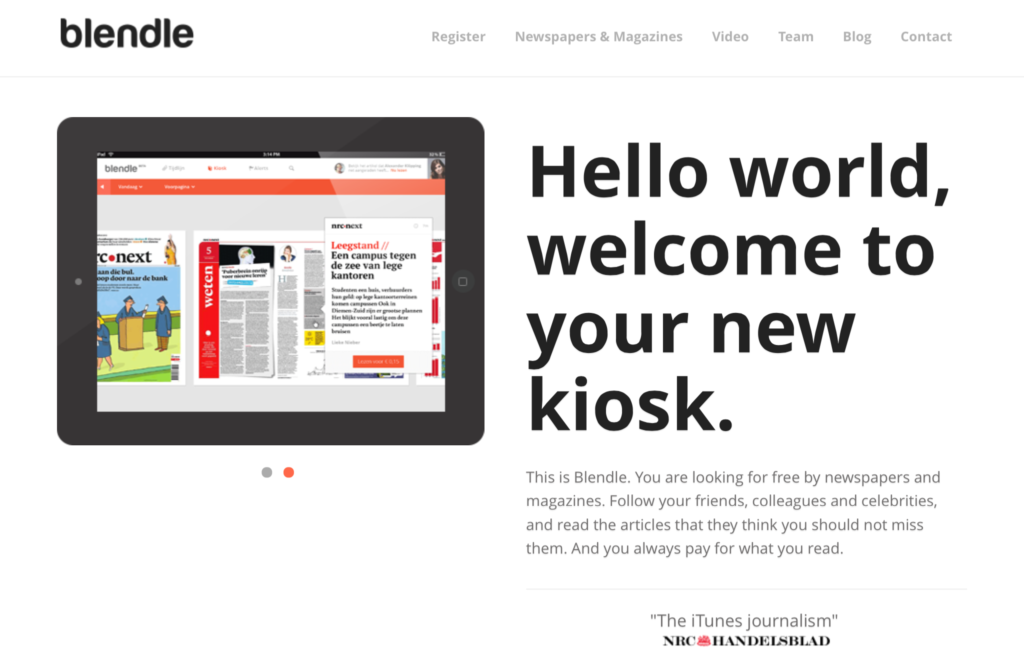
What happens if we move from publishing holistically-designed articles bound in a physical or virtual covering wrapper to selling individual articles separately, independently of the traditional magazine container and compiled into a bespoke set by each user?
One big change this implies is that it will become important for magazine brands to make themselves recognisable at the article level, and feature design will have to take this into account. If I can pick and choose articles then they should be presented in ways that help me ‘know’ them before I select them – just like we ‘know’ a magazine before we begin reading it. That’s a logical extension of the saying that, of magazines on a newsstand, “a cover has 3.5 seconds to sell itself”. Or is it 2.8? It’s all about the gut reaction and understanding that can be produced with a good cover design, anyway. So, if there are no covers we have to move this designed-in temptation point to whatever it is that people do see first.
Is this still a magazine? There’s no editorial curation, not in the traditional sense. But then, you could argue that I’m making my own magazine: I, the reader, am selecting the content to put together. If a magazine is totally bespoke, unique to everyone, does that make it less of one? It makes it less of a community, less of a group identity thing, but is that a critical requirement for magazine-ness?
If there’s an ever-expanding collection of content with no front, middle or back, is it still a magazine? It probably makes less sense to try and think of the product as something with a beginning and end; it’s much more Evo-like, but without the single brand as an identity wrapped around the whole.
But if there’s no single brand, is it…?
Okay, what the hell IS a magazine, anyway? It used to be simple: collection of editorially-curated articles of various kinds with a consistent applied visual style, all wrapped up in an identifying cover with words and images that aim to sell the contents, and made available at regular points on the calendar. Or to put it another way, managed content, branding and marketing, produced with some established periodical frequency.
Do you and I, as readers, really care about the fixed periodical nature of print, and do we want that in digital? I think not. I love the ‘slow journalism’ ethos of Delayed Gratification (the magazine, not the lifestyle), and that may be a useful direction for print’s general future. But it doesn’t make sense in a digital context. We need to find out how to design and package digital magazine content in a way that makes sense for people, whatever that turns out to be. I’m leaning towards the iTunes model as one of the methods, and ABC issue tallys be damned, but I’m still trying to figure out exactly how that will affect the design process.
